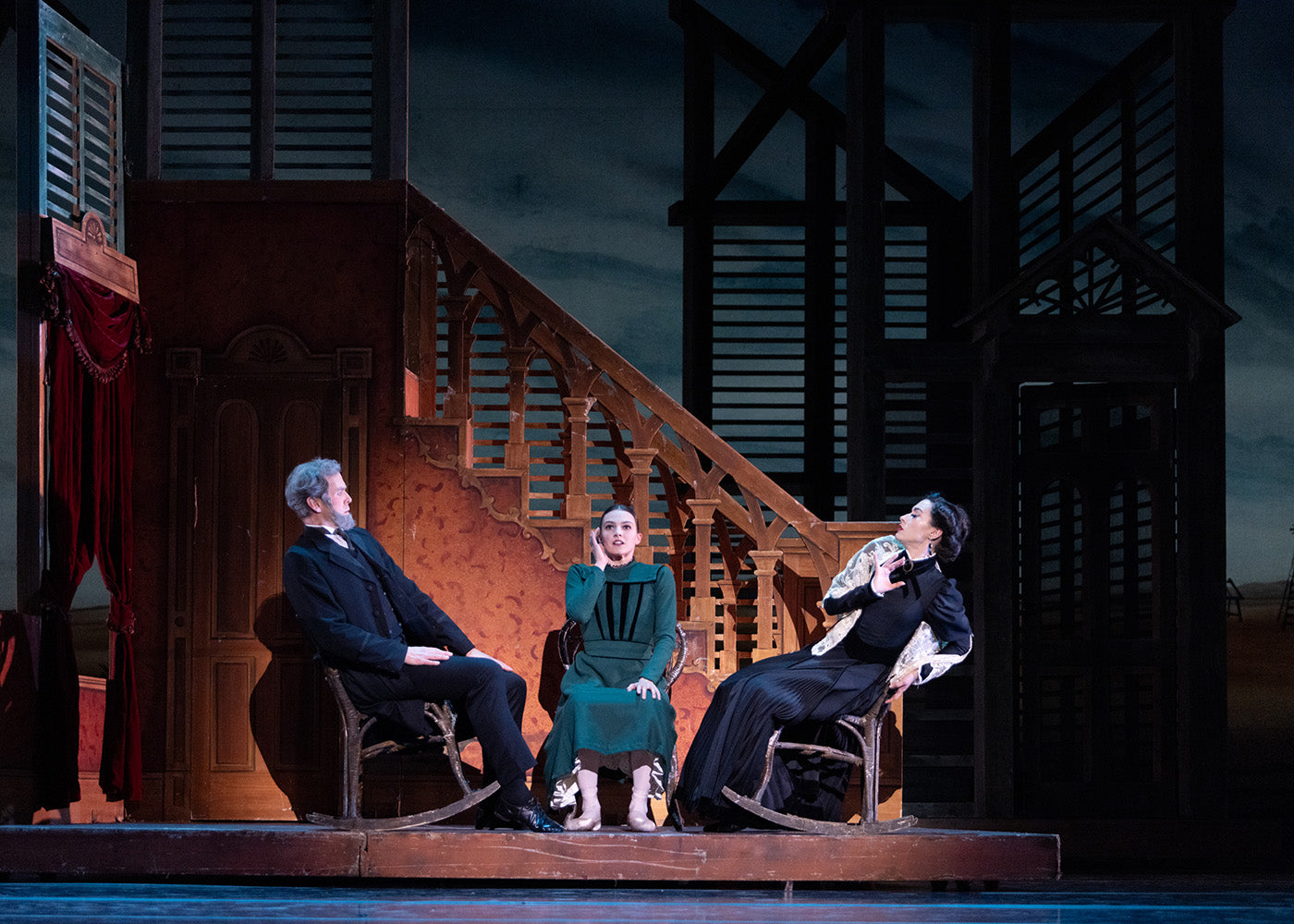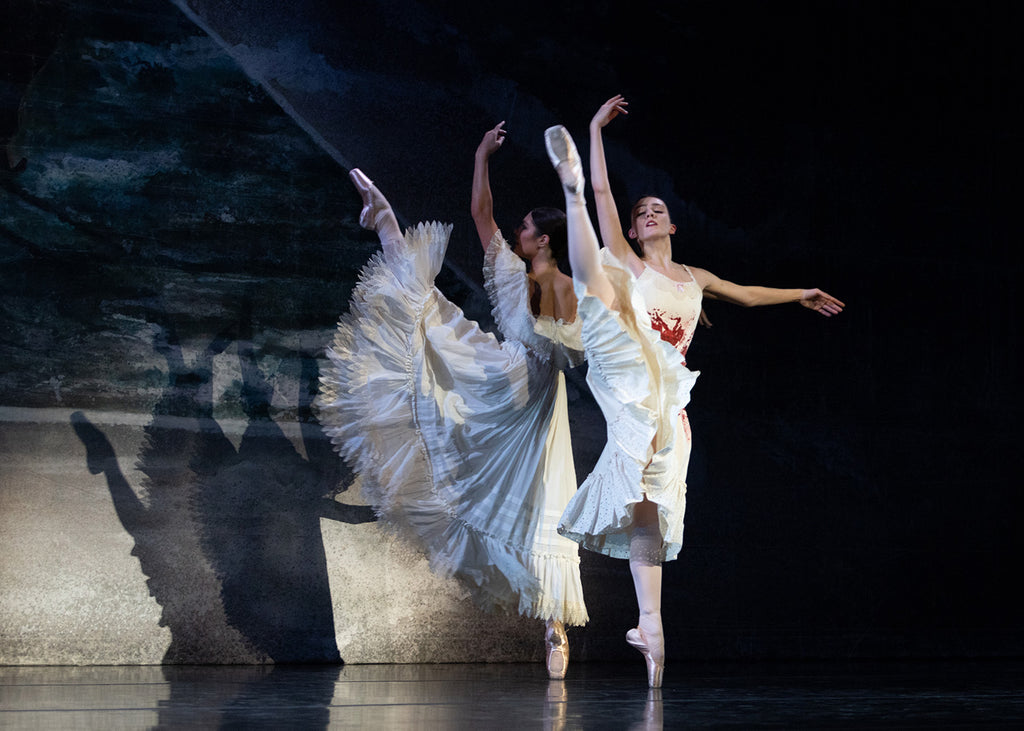Critic's Picks 2025
Throughout the year, our critics attend hundreds of dance performances, whether onsite, outdoors, or on the proscenium stage, around the world.
Continue Reading
World-class review of ballet and dance.
To say the least, the true story of a juvenile axe murderer seems unlikely to inspire a ballet. But the legends surrounding the late nineteenth-century murders of Lizzie Borden’s father Andrew and her stepmother, Abby persist, perhaps because Lizzie was ultimately acquitted, and no other suspect was ever identified or brought to justice. She remains a fascinating character to exploit as a subject for television and Broadway shows, and several movies. A few companies, including American Ballet Theatre with Julie Kent in the lead role have performed Agnes de Mille’s 1947, “Fall River Legend” ballet over the years, but this is the first opportunity I’ve had to see it.
Performance
Place
Words



“Uncommonly intelligent, substantial coverage.”
Your weekly source for world-class dance reviews, interviews, articles, and more.
Already a paid subscriber? Login

Throughout the year, our critics attend hundreds of dance performances, whether onsite, outdoors, or on the proscenium stage, around the world.
Continue ReadingOn December 11th, the Alvin Ailey American Dance Theater presented two premieres and two dances that had premiered just a week prior.
Continue ReadingThe “Contrastes” evening is one of the Paris Opéra Ballet’s increasingly frequent ventures into non-classical choreographic territory.
Continue ReadingI’m in the audience of the Pit to watch Kaori Ito’s solo performance, “Robot, l'amour éternel.” It’s in the blackbox performing space at the New National Theatre Tokyo, intimate and close. The stage is an open, raised platform, gauzy white fabric covering the floor.
Continue Reading
comments